The Grand Canyon: Endangered Place Blog
Place Description
The Grand Canyon is one of Earth's monumental examples of arid-land erosion. The Colorado River dashed through this canyon, averaging 4,000 feet and randing across 277 miles. It is 6,000 feet deep at its lowest point, and 18 miles wide at its widest. It is located in northwestern Arizona and provides a unique record of three of the four eras of geological time.
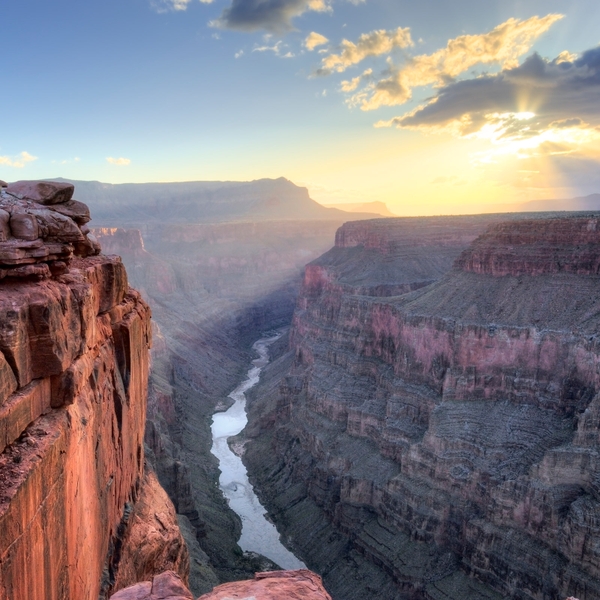
Biodiversity
The Grand Canyon possesses great biological diversity because it is home to five of the seven life zones and three of the four desert types in America. It is home to countless endangered and dwindling species and serves as an ecological habitat, home to over 1500 plant, 355 birds, 89 mammalian, 47 reptile, 9 amphibian, and 17 fish species.
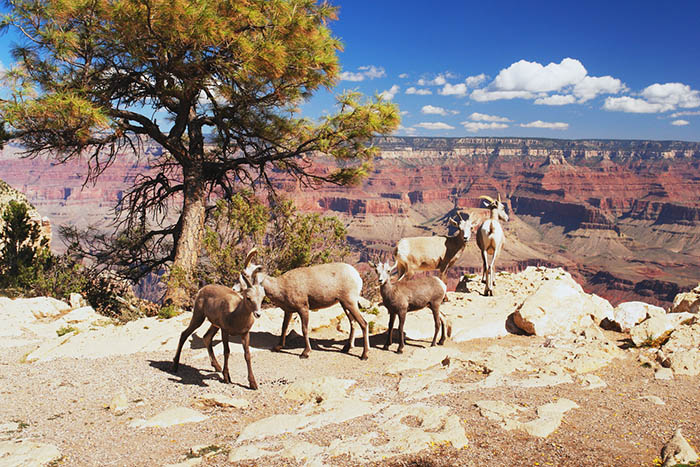
Pictures



:max_bytes(150000):strip_icc()/TAL-grand-canyon-landscape-GRANDCANYON0124-5c1cbb5b6c424a1e8a15be92edf4c88f.jpg)


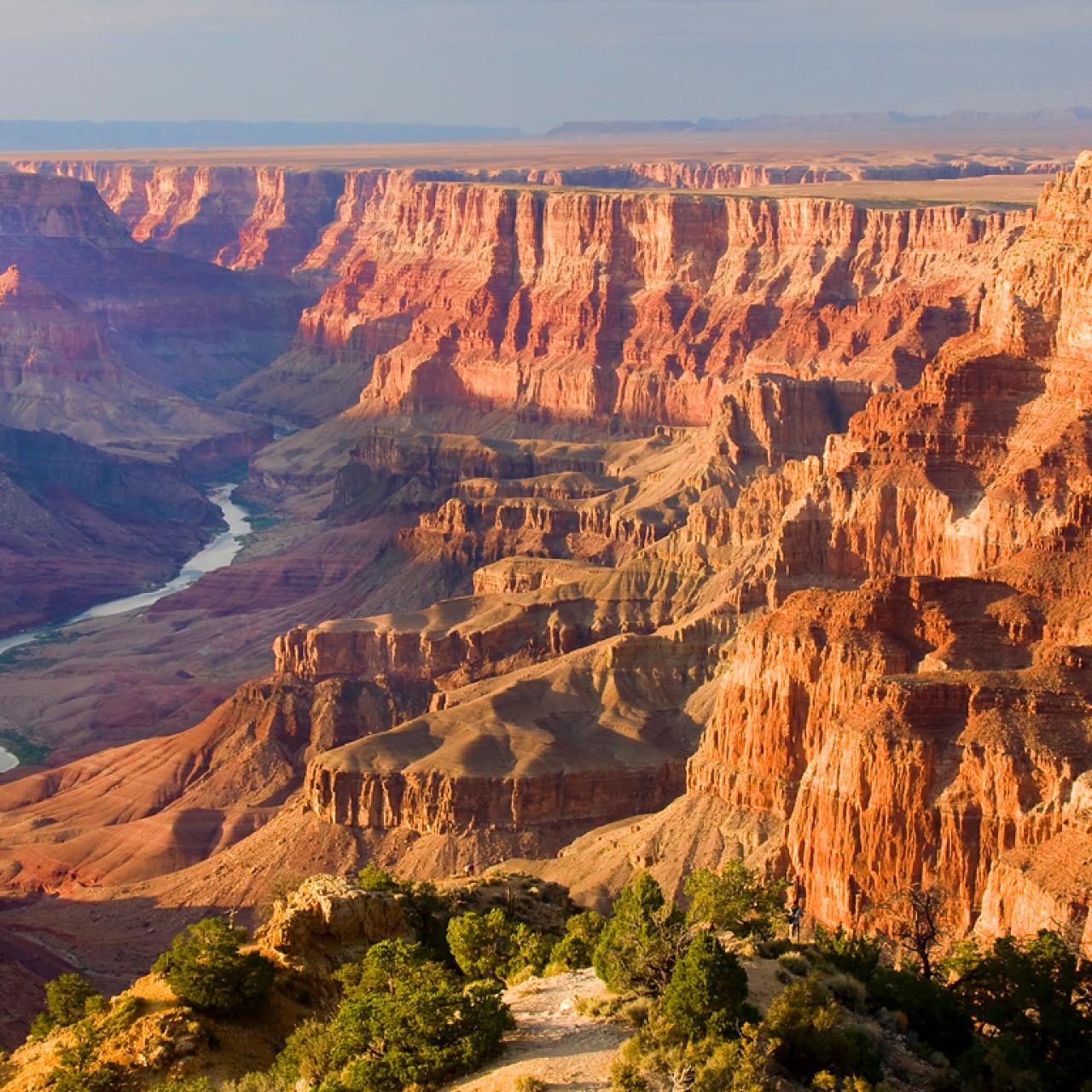



Cause of Decline
Due to the drought of the Colorado River, rising temperatures, and lack of river management, the Grand Canyon is beginning to collapse each year with the unique species that live there also at risk. From 2000 to 2021, 10 trillion gallons of water have been lost due to climate change.
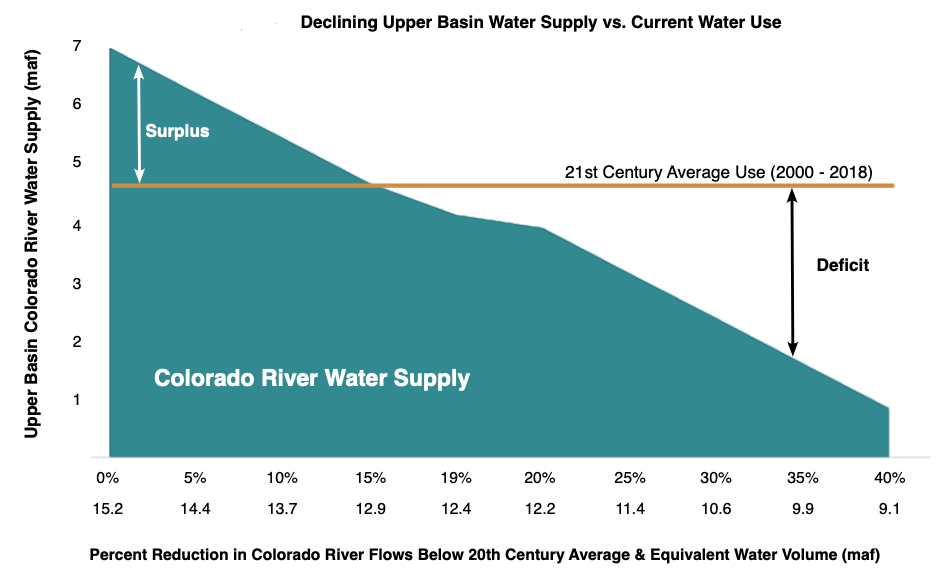
Human Impact
Due to consistent air pollution from coal-fired power plants, mining, oil and gas sources, transportation, and urban and industrial pollutants from nearby areas and states, the gorgeous views of the Grand Canyon are threatened. Similarly, non-native plants and animals have been introduced to this area by humans, posing threats to the native flora and fauna.

California Condor
The California Condor is currently classified as critically endangered, with the current population only being around 560. The largest threats to this species are humans with their highest cause of death being lead poisoning, micro trash ingestion, and habitat destruction, all of which are the leading causes of death for the national animal, the Bald Eagle.

Current Conservation Efforts
For the Grand Canyon's prosperity, numerous plans have been proposed to primarily stop the continued mining that occurs nearby. This not only contributes to climate change across the globe, but it severely impacts the Grand Canyon, which is why groups like, the Grand Canyon Trust are working to fight Uranium mining.
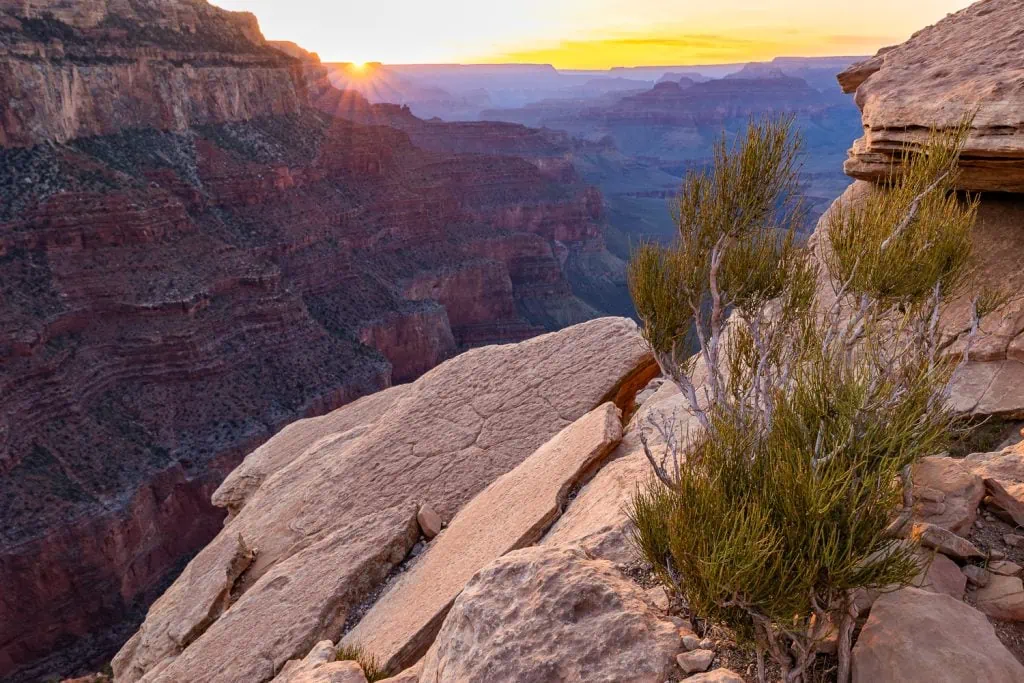
Role of Geographers and Geospatial Tools
Both geographers and Geospatial tools can play a pivotal role in conservation and rehabilitation efforts for this unique plant and animal species. By providing patterns and the distribution of the endangered species, these resources can outline the areas that need to be protected the most. Similarly, they can provide insight into habitat conditions before any major harmful events occur, as habitat loss is one of the major factors that lower the numbers of these species. Also, these tools can be taken advantage of to analyze which factors are the most harmful and where they are causing the most damage to limit their effects.

How We Can Help
1. Donating Funds: By providing monetary donations, organizations can have the ability to take the steps needed to protect endangered species and their habitats.
2. Volunteering: Providing your time and effort to the environment can have long-lasting impacts and is a positive step toward protecting the Earth.
3. Raising Awareness: Posting on social media or even educating your friends and family members can go a long way in protecting endangered species.
4. Sustainable Products: Instead of using plastic or other single-use items, consider switching to reusable products or buying items from companies that pledge to help the environment.
5. Practice Sustainability: Switching over to eco-friendly transportation methods, recycling items and goods, and even saying "No thanks" to a plastic bag, all help the environment live!
Comments
Post a Comment